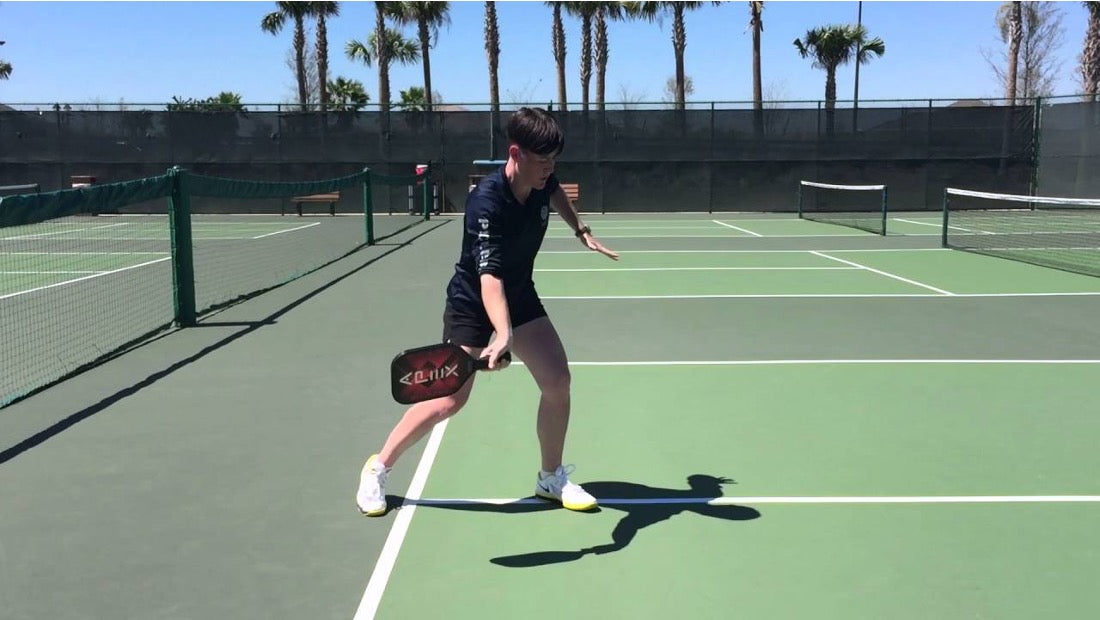Your Cart is Empty
When you are first starting out playing pickleball, it is best to first learn and master the fundamentals. The fundamentals that we will be going over today are the pickleball groundstrokes: the forehand and the backhand. Backhand strokes tend to be harder to master…give yourself time and have patience. Now let’s get to tips on hitting a pickleball groundstroke.
Forehand Groundstroke
The forehand is usually the dominant stroke in a player’s repertoire, their strength. It is the most powerful, most accurate, and is the most utilized from or near baseline.
How to:
-
From the ready position turn your shoulders and hips so the non-dominant shoulder is facing the incoming ball. Take your paddle back (sometimes a shorter backswing is better and even hitting the ball with 80% of your strength). Engage the non-dominant arm to help track the ball and to stay balanced.
-
Step forward with the front foot to create momentum moving towards the net.
-
Swing the paddle forward to contact the ball out in front of the body.
-
Keep wrist firm.
-
Follow through and return to ready position or even towards the opposite side of your body, towards your ear.
Backhand Groundstroke
The backhand is sometimes a player’s weakest shot due to a variety of reasons, but it can become a weapon if practiced. Many pickleball players love their backhand and consider it their strength. Remember you can use a one-handed backhand or a two-handed backhand – it’s all down to personal preference.
How to:
-
From the ready position to your shoulders and hips so that paddle shoulder is facing the incoming ball.
-
Take your paddle back, either with your dominant hand or with both hands – if you use the two-handed variety – and move towards the ball.
-
Step forward with the front foot to create momentum moving towards the net.
-
Swing the paddle forward to contact the ball out in front of the body.
-
Weight needs to transfer through to the front foot.
-
Keep wrist firm.
-
Follow through and return to ready position or even towards the opposite side of your body, towards your ear


